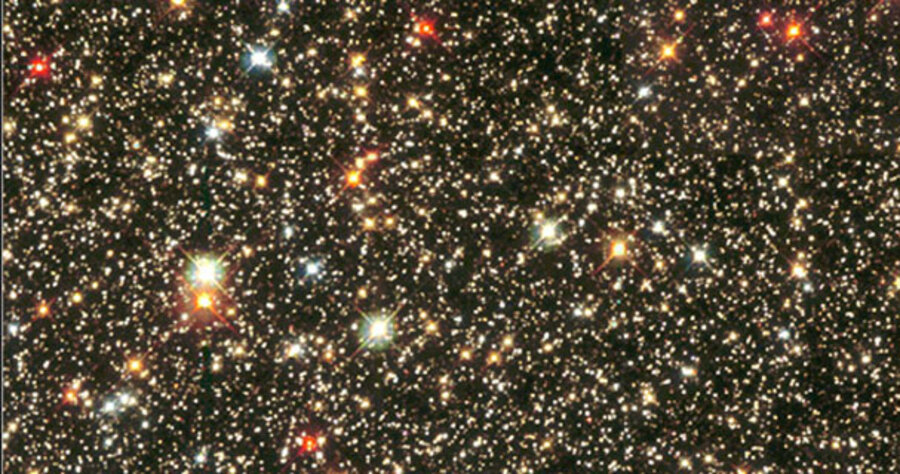Our universe is far brighter than it seems
Loading...
When you think about the universe, think “dust.” Tiny grains of minerals and chemical elements cloud the galaxies. They play a key role in the evolution of the universe as raw material for star systems. They also obscure our view of what goes on within the galaxies themselves.
Astronomers have lived with this handicap for decades. Yet they have been shocked to learn how badly they have been blindsided. New research shows dust is blocking half of the universe’s energy output from our view.
This is a useful warning not to take our knowledge of familiar aspects of the cosmos for granted. Even something as simple as dust can surprise us.
“For nearly two decades, we’ve argued about whether the light we see from distant galaxies tells the whole story or not. It doesn’t,” explains Simon Driver at Scotland’s St. Andrews University. “In fact, only half the energy produced by stars actually reaches our telescopes directly, the rest is blocked by dust grains.”
Dr. Driver is lead author of the report on this research that appeared in the May 10 issue of The Astrophysical Journal Letters. He is part of an Australian, British, and German team that has shown, once again, that investigating an old problem with better tools and techniques can yield surprising results. Team members developed the most accurate computer model of galactic dust distribution yet designed. They matched this with high-resolution images of 10,000 galaxies. This enabled them to solve an energy problem that has long baffled astronomers.
When dust absorbs starlight, it glows. We see the glowing dust but don’t see the stars themselves. Nevertheless, best estimates of the energy of the original starlight suggested that the glowing dust emits more energy than the original starlight contained. That’s impossible. Energy in has to equal energy out. The new research gives a better estimate of the starlight energy, And, voilà, energy in now balances energy out.
Team member Cristina Popescu explains: “For the first time, we have a total understanding of the energy output of the universe over a monumental wavelength range.” Driver says that balancing the galactic energy budget is “an important step forward” toward an accurate description of what goes on inside galaxies.
Astronomers also wonder where dust itself comes from. They know stars make lots of it. So, too, do the outbursts of supernova star explosions. There were relatively few of these sources when the universe was young. Yet research on that early time suggests some dust forms were present. Last year, Ciska Markwick-Kemper at Britain’s University of Manchester and an international team of colleagues reported observations of dust creation near a massive black hole.
That’s an object whose strong gravity lets it swallow nearby matter. But just beyond its reach there’s a strong outflow of escaping material. The team found various mineral grains, including rubies and sapphires, in that outflow. Black holes may have supplied dust to the early universe and still do so today.
We have a lot to learn about cosmic dust.





